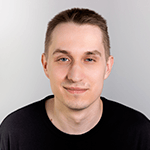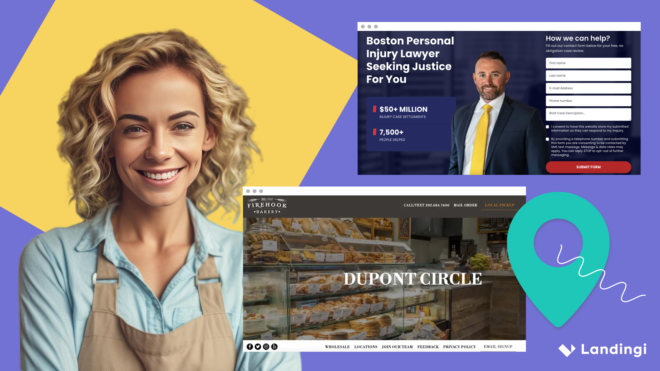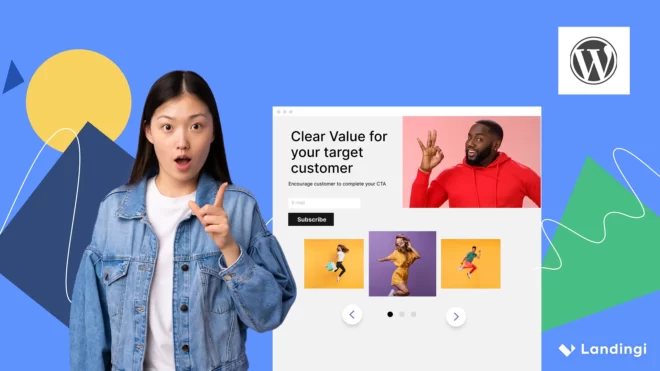Quick preface
Your website is a destination. A place to learn, to attract an audience, and to engage with those visitors. In the end, though, every website should be a place where people make decisions about whether they want your product or service. Here, we’ve got two tools in your website-building toolbox to help those visitors make those purchase decisions: a squeeze page and a landing page.
The difference between a squeeze page and a landing page is a squeeze page has a singular focus to capture information such as a name or email address while landing pages provide details to visitors about a product or service in an effort to move them toward a conversion.
Both pages can serve a vital role in your customers’ journey. Both of them are designed to bring the conversion rates up, though conversion goals are often different for each of them.
Let’s explore further the difference between a landing page and a squeeze page, and when it makes the most sense to use each one.
Make your sections smartable and let go of mundane manual tasks with Smart Sections! An easy way to manage bulk changes.
What is a Squeeze Page?
A squeeze page is a specific type of landing page, but it’s one with a streamlined, singular focus. This can be as simple as capturing a name and email address. All squeeze pages are landing pages, but not all landing pages are squeeze pages.
Discover more types of landing pages with a bunch of powerful examples!
When you visit a squeeze page, it should be clear that there is one purpose in mind: for the visitor to enter their name and email address.
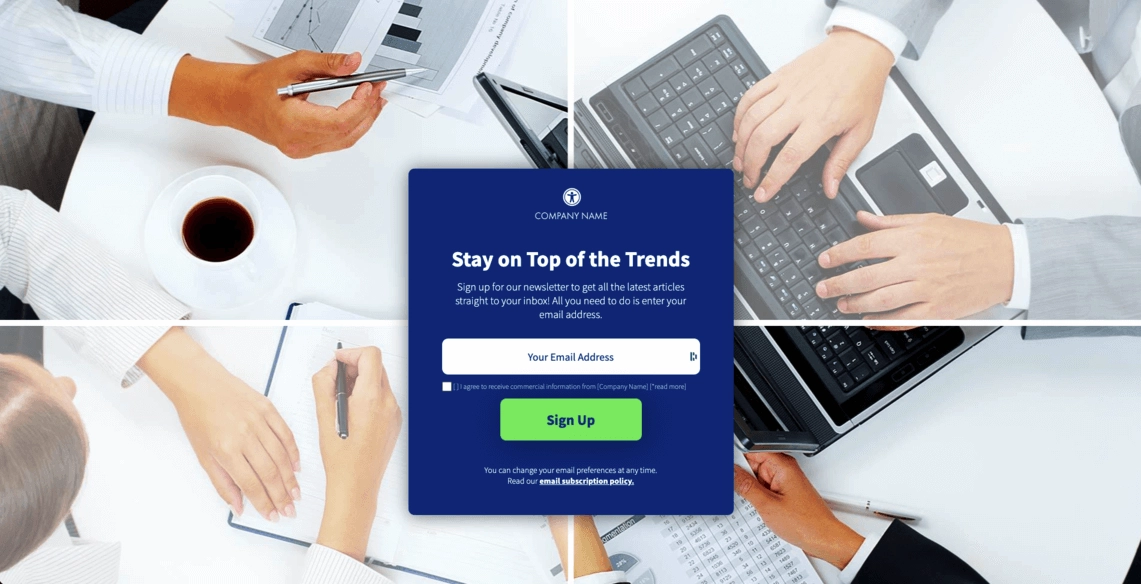
Whether the page is intended to gather a new subscription, deliver a download, or send monthly reminders, the requested information is always the same. These pages should be brief and intentional. The visitor has one choice to make: whether or not to enter their information. A squeeze page makes this decision straight and to the point.
Since this is the main difference between a squeeze page and a landing page — the type of information captured — we can take this one step further.
Learn some best practices in creating lead capture forms that really convert.
When in the customer journey are your pages capturing this information? Given that simple information and email addresses tend to be collected early in the customer journey, this is a good time to use those squeeze pages. They tend to appear at earlier stages in the marketing funnel, and they are able to convert visitors into leads ready for further nurturing through landing pages.
Check out here some tools helpful in converting visitors into customers.
What is a Landing Page?
A landing page is a standalone page with a focused conversion goal. Where the hyper-focused goal of a squeeze page is to collect a name and email address, a landing page has the ability to capture well beyond just those two fields.
You can think of landing pages as mini destinations or stops along the way within the larger experience of your web page. These are standalone pages that help advance your visitors along a specific customer journey.
A landing page is almost always more detailed than a squeeze page and can help provide more necessary information to a customer who might still be making their purchasing decision. They can also be helpful in communicating deals or other special offers.
This information can help drive customers toward some actionable conversion or some other step forward in the decision-making process.
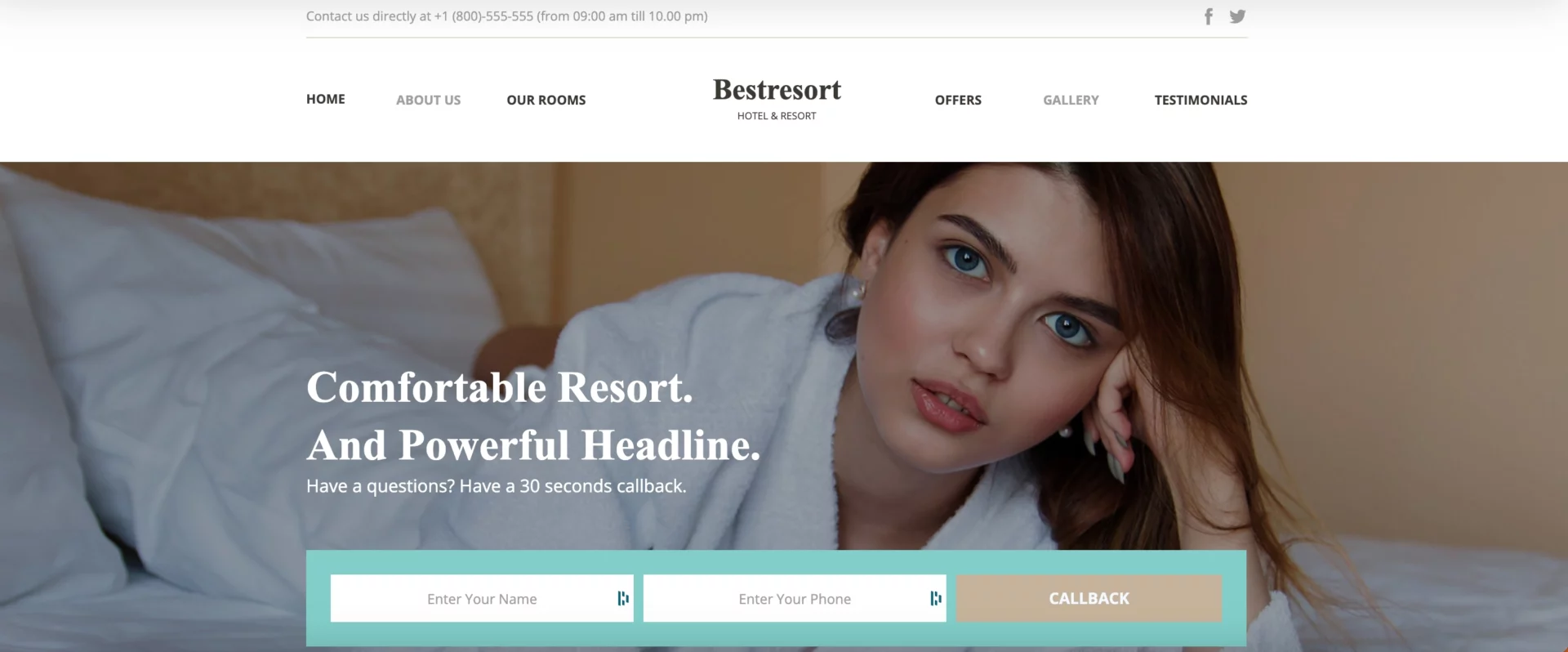
How are Squeeze Pages and Landing Pages Different?
In general, key differences between a landing page and a squeeze page may seem subtle. They both collect customer information, and they both help to drive customers further in their journey and decision-making process.
But let’s discuss the three main differences in detail.
Goals of Squeeze Pages vs. Landing Pages
Squeeze pages and landing pages are better suited to meeting different goals. With any page on your website, it’s crucial to first consider the goal you’re trying to achieve. When website visitors arrive at their destination on your site, which decisions do you need them to make? How should you make design and content decisions in order for your customers to help you reach those goals?
A squeeze page is better suited to a single conversion goal. It will quickly gather a name and email address and allow your customer to move on and further explore the website.
A landing page better serves goals of educating, selling a specific product, or simply pushing your customer to the next stage of the marketing funnel. Since the content on a landing page tends to be more detailed, this information can be more intentional and increase customer engagement. This can help drive your customers along the path you’d like them to follow, toward a purchase.
Get 111 Landing Page Examples—The Ultimate Guide for FREE
Page Length and Format
The page length and format of squeeze pages versus landing pages can make them easy to distinguish from one another.
Since landing pages can have more content on them than squeeze pages, they tend to be longer as well as formatted so that the most crucial information is front and center for the visitor. There might be more on the page overall, but it will still be designed in such a way to direct the customer’s attention to the most important pieces.
A typical landing page may has a longer form with a few fields instead of one or two predominantly included on a squeeze page (e.g. for user’s email address). Some landing pages may benefit from double call to action, while on a squeeze page the only one CTA can be used.
Find out pros and cons of using incentives encouraging filling in the forms on your pages.
Overall, squeeze pages, will be much shorter and probably simpler in format. They tend to have less content and only one major place for a customer to direct their attention. The reader is not supposed to spend more than a few moments on a squeeze page to simply plug in their information.
A squeeze page will normally have just as much content to help a customer make the decision to enter their information. A header, a couple of lines of supporting copy, and a form in which to enter their name and email address. Not much to think about or consider, it’s as easy as typing a couple of words and hitting a button.
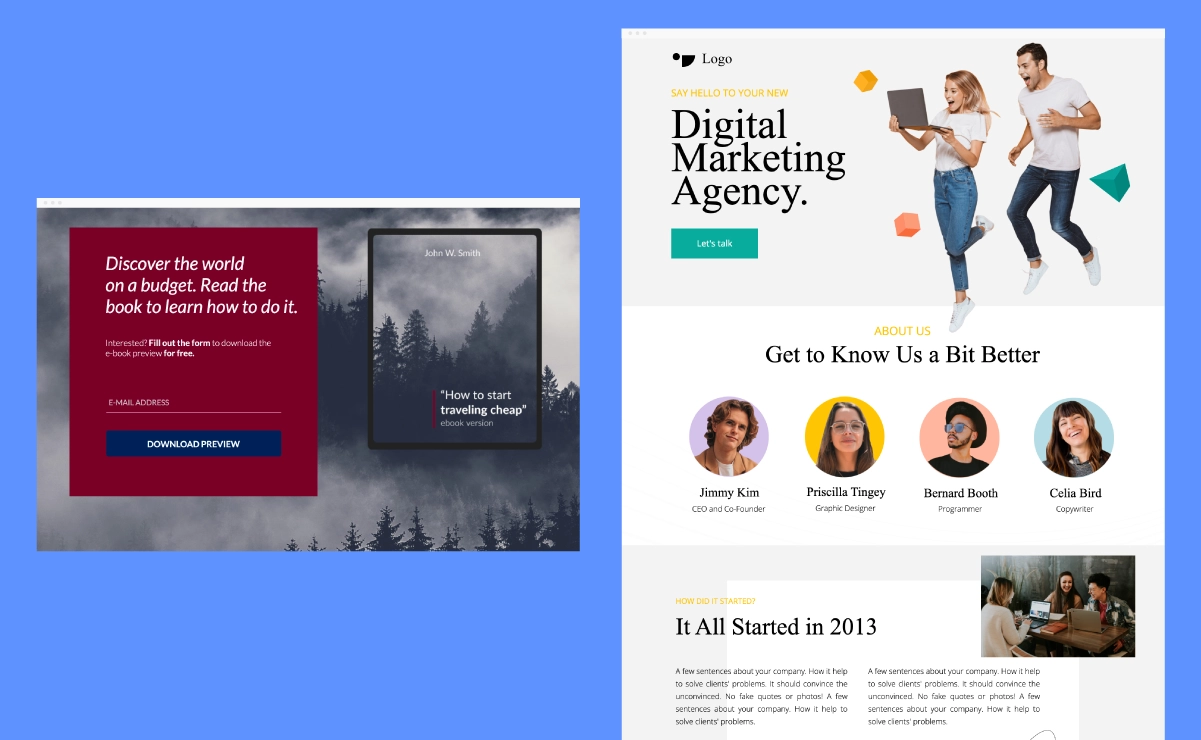
Information Captured
The third major difference between a landing pages and squeeze pages is the information they capture.
Squeeze pages only capture basic information. These tend to appear earlier in the customer journey, when a customer might first be coming across your business or your product.
Landing pages can be designed to capture a lot more information using a form (learn more), and they can be tailored to specific segments of customers. If you already have a set of customers whose email addresses you have, you can design a landing page to capture more information beyond the basics.
Or, if you have a specific discount or deal you’d like to market to certain customers, you can create a landing page for them specifically with the information most crucial to them and form fields for what you need.
Are There Any Similarities?
Squeeze pages are a type of landing page, and both can be useful to your business and to driving your customer journey. When used in the correct situations and A/B tested, both squeeze pages and landing pages can lead to higher conversions and more personalized customer experiences.
Both of these pages capture valuable information from your site visitors. While they may employ different strategies or levels of content in order to do so, they both provide you with more leads and more information about your potential customer base.
Discover here how you can use a lead magnet on your squeeze page or a landing page to turn users into potential customers.
These pages are also similar in their most basic design. They’re both standalone pages, a small destination within the larger destination of your website. Both squeeze pages and landing pages, at the core of their design, usually include a heading, supporting copy, and a call to action.

They also tend to be followed by a single page called thank you or a confirmation page, letting your customers know their form fill has been successful. Also, it’s a right place to share a discount code. Little touchpoints like this can help spark positive customer relationships.
Should You Use Squeeze Pages or Landing Pages?
Now that you’ve considered the differences and the similarities between squeeze pages and landing pages, you can determine which is the best choice to use for your business or your specific marketing campaign. Once you’ve considered your goal, the format you’d like to use, and the information you need to capture, the decision can be easy.
Answer these questions for yourself:
- Is this a page where I want a customer to make a quick decision and simply enter some basic information? If the answer is yes, it sounds like a squeeze page is the right option for you.
- Do I need to share more specific information to engage my visitor, or ask for information beyond a name and email address? If the answer is yes, then this would be a good time to use a landing page.
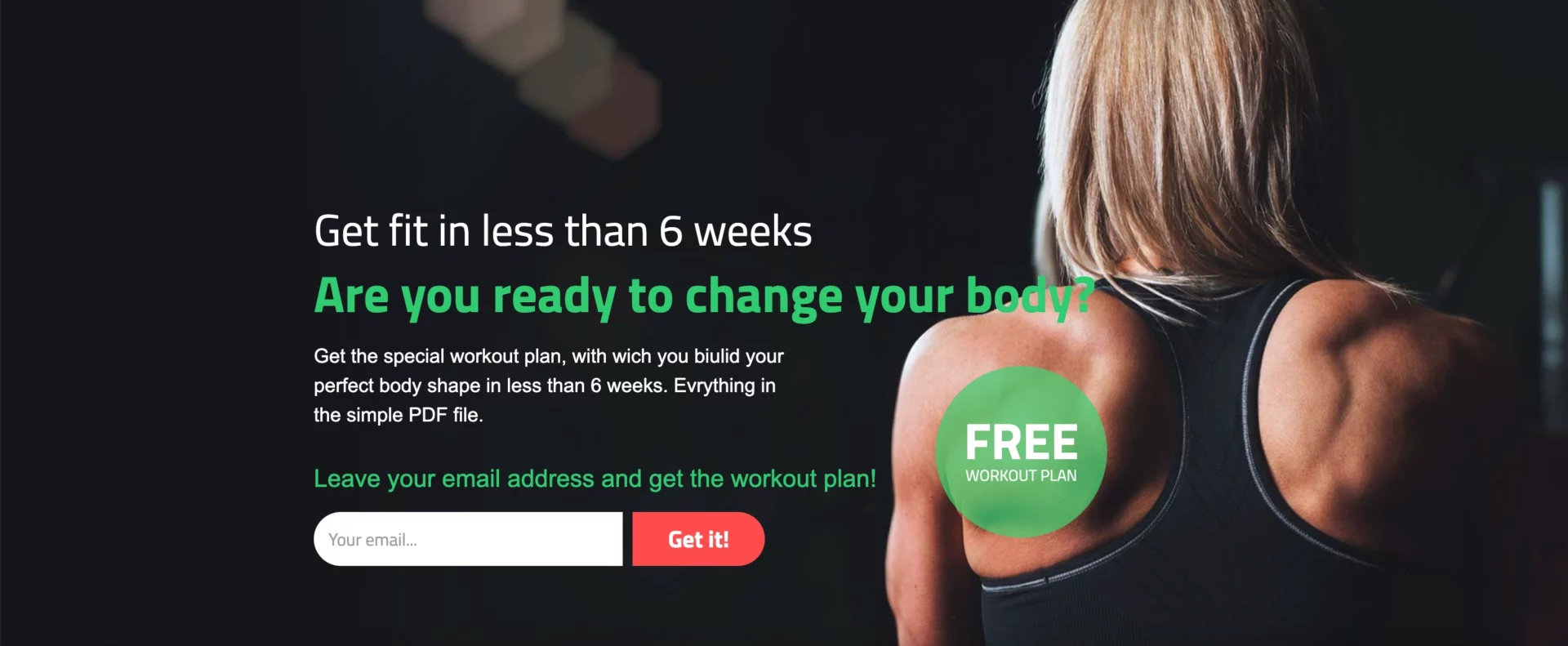
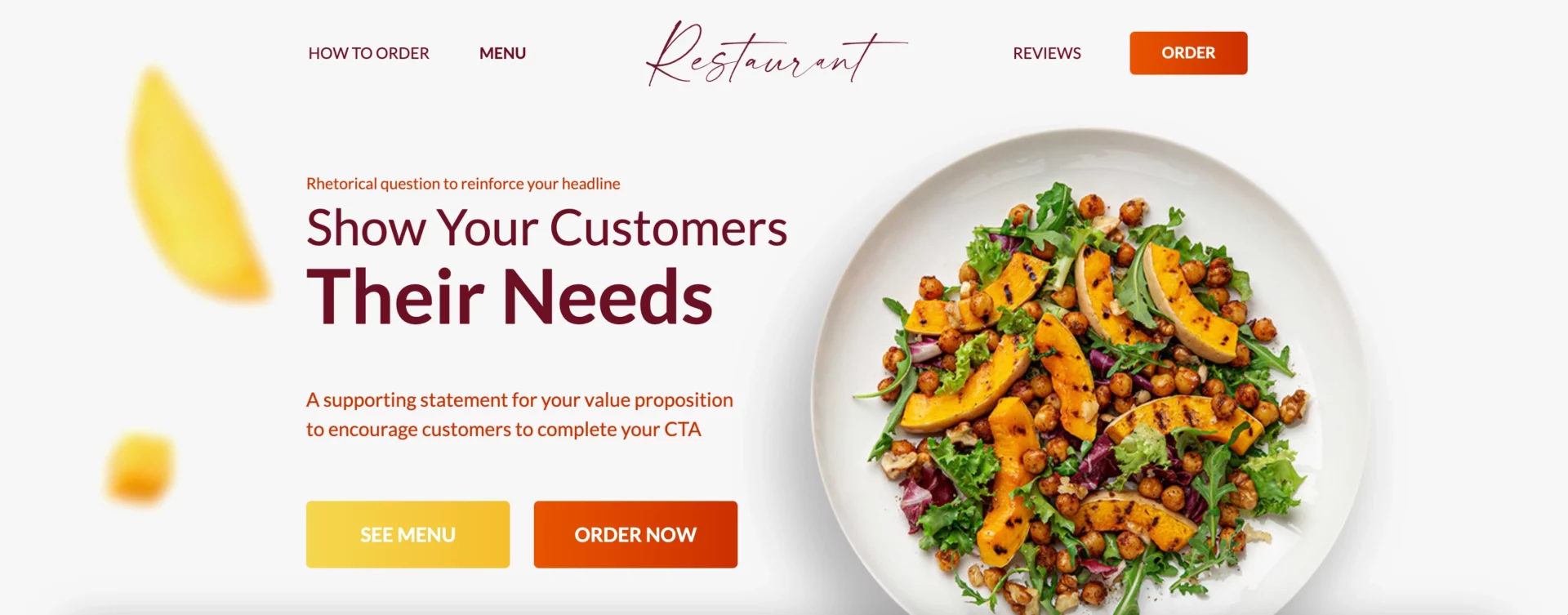
Which page are you ready to design? Landingi is ready to guide you through the easy-to-use page building process, and the possibilities of squeeze and landing pages are endless. Landingi even offers A/B testing to help you figure out what’s working best for your audience.
Whether it’s a squeeze page or a landing page, Landingi is here to make sure your pages are enjoyable, easy to understand, and effective in driving your customers further down the marketing funnel.
Sign-up for free and build up your first landing page or a squeeze page at no cost!




